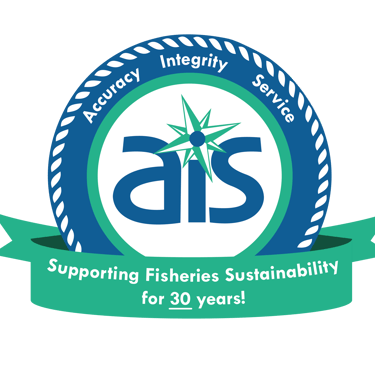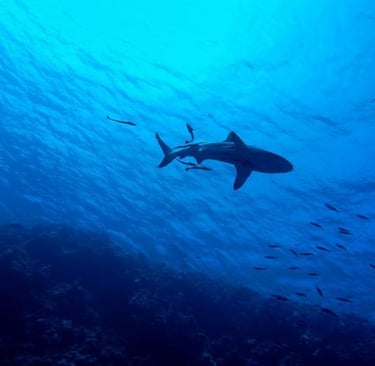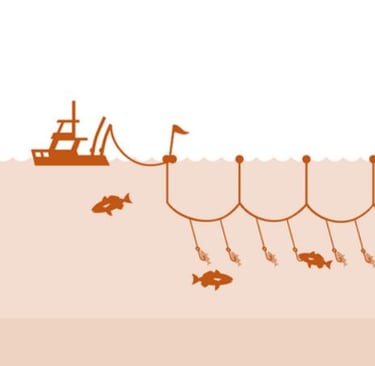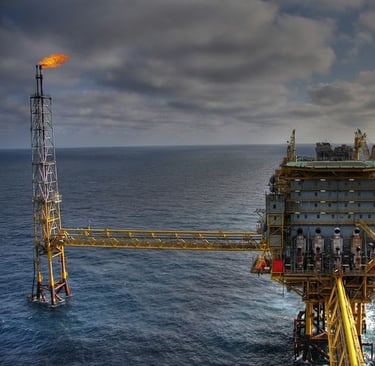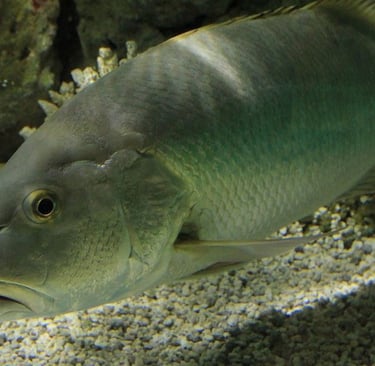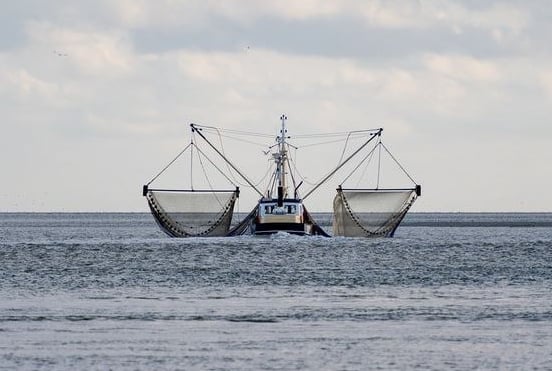
Gulf of Mexico/Southern-Atlantic Fisheries
A.I.S., Inc. has supported NOAA Fisheries Southeast Fisheries Science Center Observer Program since 2019. The Southeast Region extends from North Carolina to Florida (South Atlantic), from Florida to Texas (Gulf of Mexico), and Puerto Rico and Virgin Islands (Caribbean). For Highly Migratory Species (HMS), activities may occur anywhere in the northwestern Atlantic.
We collect fisheries data and samples to assist NOAA Fisheries monitor marine resources and their habitats, along with assessing human impacts on coastal and ocean ecosystems. Scientific advice crucial for management decisions relies heavily on the robust data collected by us. Our observers remain the primary source for certain critical at-sea data, such as bycatch composition and interactions with marine mammals, birds, and turtles, due to limitations and reliability concerns with vessel self-reporting.
We observe several fisheries aligned under one NOAA Fisheries Branch Chief based in Galveston, Texas and supported by our coordinators assigned to NOAA Labs in Miami, Panama City, and Galveston. In addition to our fisheries work we perform compliance monitoring for protected species during offshore oil platform removals.
SHARK BOTTOM LONGLINE RESEARCH
Targeting large coastal sharks (e.g., blacktip shark) and small coastal sharks (e.g., Atlantic sharpnose), the fishery also catches groupers, snappers, tilefish, and occasionally sea turtles. It operates along the southeast coast of the United States and throughout the Gulf of Mexico, with vessels averaging 50 feet in length. Longline gear typically consists of 5 to 15 miles of mainline and 500 to 1500 hooks. Each trip has a catch limit of 3 to 45 large coastal sharks, depending on the season and region, with trips lasting 1-2 days at sea.
The Shark Bottom Longline Program collects reliable data on catch, bycatch, and discards in the Shark Bottom Longline Fishery, while documenting interactions with protected species. This data informs federal management decisions.
PELAGICS OBSERVATION
Our pelagics team monitors a mobile United States pelagic longline fleet ranging from Newfoundland along the Western Atlantic, to Trinidad/Tobago and throughout the Gulf of Mexico. The program’s 8 to 12 employees gather data to evaluate the harvest and status of pelagic fish stocks.
During an average year, our team will spend over 1,200 days total at sea, on trips lasting from 2 to 25 days, observing approximately 500 hauls. AIS targets 8-percent coverage of the vessels based on the fishing effort of the fleet.
PLATFORM REMOVAL OBSERVATION (PROP)
Our PROP team conducts biological monitoring during the explosive removal of oil and gas structures in the U.S. Gulf of Mexico. The program's goals are to protect sea turtles and marine mammals from underwater explosives and assess their impacts on these species.
Monitoring is done from vessels, barges, or platforms provided by the oil or gas company. Nighttime blasting is not allowed. If protected species are observed during a pre-detonation surface survey, the survey continues until the area is clear. A pre-detonation aerial survey follows, if required. If protected species are observed, the aerial survey is aborted, and surface monitoring occurs during a waiting period (30-45 minutes).
GILLNET OBSERVATION
This program monitors all anchored, strike, and drift gillnet fishing by vessels operating year-round from Florida to North Carolina and in the Gulf of Mexico. Originally designed to document the impact on right whale populations, it ensures compliance with the Marine Mammal Protection Act (MMPA), Endangered Species Act (ESA), and the 1999 revised Fishery Management Plan for Highly Migratory Species (HMS).
The program covers all gillnet fishing regardless of target species. Depending on the season and market conditions, fishers target coastal teleosts like mackerel, pompano, and bluefish, as well as small and large coastal sharks and dogfish. Most vessels are under 30 feet, with trips typically lasting one day.
REEF FISH OBSERVATION
The primary objectives of reef fish observation are to:
Characterize fishery bycatch for all non-target species.
Estimate discard and release mortality levels.
Estimate protected species bycatch levels.
Our research documents catch rates and mortality of retained and discarded reef fish species by area, season, and gear type to address overfished stocks, aiming to rebuild fisheries, maintain productivity, and reduce bycatch.
SHRIMP FISHERY OBSERVATION
The primary objectives of shrimp observation are to:
Characterize fishery bycatch and catch rates for finfish by area and target species.
Estimate protected species bycatch levels.
Federal management actions aim to rebuild finfish stocks accidentally caught in shrimp trawls. Bycatch reduction devices (BRDs) are crucial for assessing effectiveness. We compare catch rates of finfish and shrimp in nets with both BRDs and turtle excluder devices (TEDs) to those with only TEDs. The Gulf of Mexico Fishery Management Council mandates AIS to monitor federally permitted vessels. The shrimp fishery
The aerial survey is repeated until no protected species are observed. Once clear, explosives are detonated immediately, with continuous aerial monitoring until detonation. If detonation is delayed, the survey is repeated. Divers recover any injured or dead sea turtles or marine mammals observed.
This fishery includes approximately 890 federally permitted vessels using bottom longline, vertical line (bandit or handline), modified buoy gear, and
operates year-round in the Gulf of Mexico, peaking from May to December. Brown shrimp are caught off Texas and Louisiana, white shrimp in the same areas, pink shrimp off southwestern Florida in winter, and rock shrimp off the east coast of Florida. There are 1,467 federally permitted vessels in the Gulf of Mexico and 640 in the South Atlantic. AIS monitors about 2 percent of the fishing effort
spearfishing. Predominant target species are groupers and snappers. Longline fishermen off Florida target red grouper in shallow waters and yellowedge grouper, tilefish, and sharks in deeper waters. Vertical line operators target shallow-water grouper (e.g., red grouper), red snapper, and may also seek yellowedge grouper and vermilion snapper.
Leadership


Jade Heidt
Program Manager
Ms. Jade Heidt brings fourteen years of expertise in managing fishery surveys and observer programs across the Atlantic Coast and the Gulf of Mexico. As the Program Manager for Southeast Fisheries Programs, she leads a team of 50 to 60 professionals, overseeing the execution of critical projects, managing complex budgets, and upholding the highest standards in employee training and recruitment.
Ms. Heidt's deep commitment to sustainability drives her work, recognizing the essential role observer programs play in safeguarding marine resources for future generations. Her leadership and strategic vision continue to advance the mission of sustainable fisheries management.
Ms. Heidt earned her BS in Marine Biology from the University of New England.
Contact:
Phone: 774-392-3794
Email: fisheriesmgmt@aisobservers.com


Rebecca Hailey
Vice President, Fisheries Operations
Rebecca Hailey, Vice President of Fisheries Operations at AIS Inc., brings 18 years of expertise in managing fishery surveys and observer programs along the Atlantic Coast and Gulf of Mexico. With over 1,200 days at sea supporting NOAA Fisheries surveys, she leads a team of 200+ employees, driving marine science and conservation efforts. She oversees critical projects, complex budgets, and fosters strong customer relationships.
Inspired by Dr. Eugene Clark, “The Shark Lady,” Rebecca’s passion for marine biology began in childhood. She is dedicated to preserving marine resources through essential observer programs. Starting as an entry-level Fisheries Observer, she quickly advanced to managerial roles, including Program Manager for the Southeast Observer Program.
Ms. Hailey holds a B.S. in Marine Biology from Old Dominion University and studied at Coastal Carolina University.
Contact:
Phone: 774-392-3434
Email: fisheriesmgmt@aisobservers.com
Corporate Headquarters
540 Hawthorn Street
North Dartmouth, MA
02747
Phone: 508.990.9054
Fax: 508.990.9055

